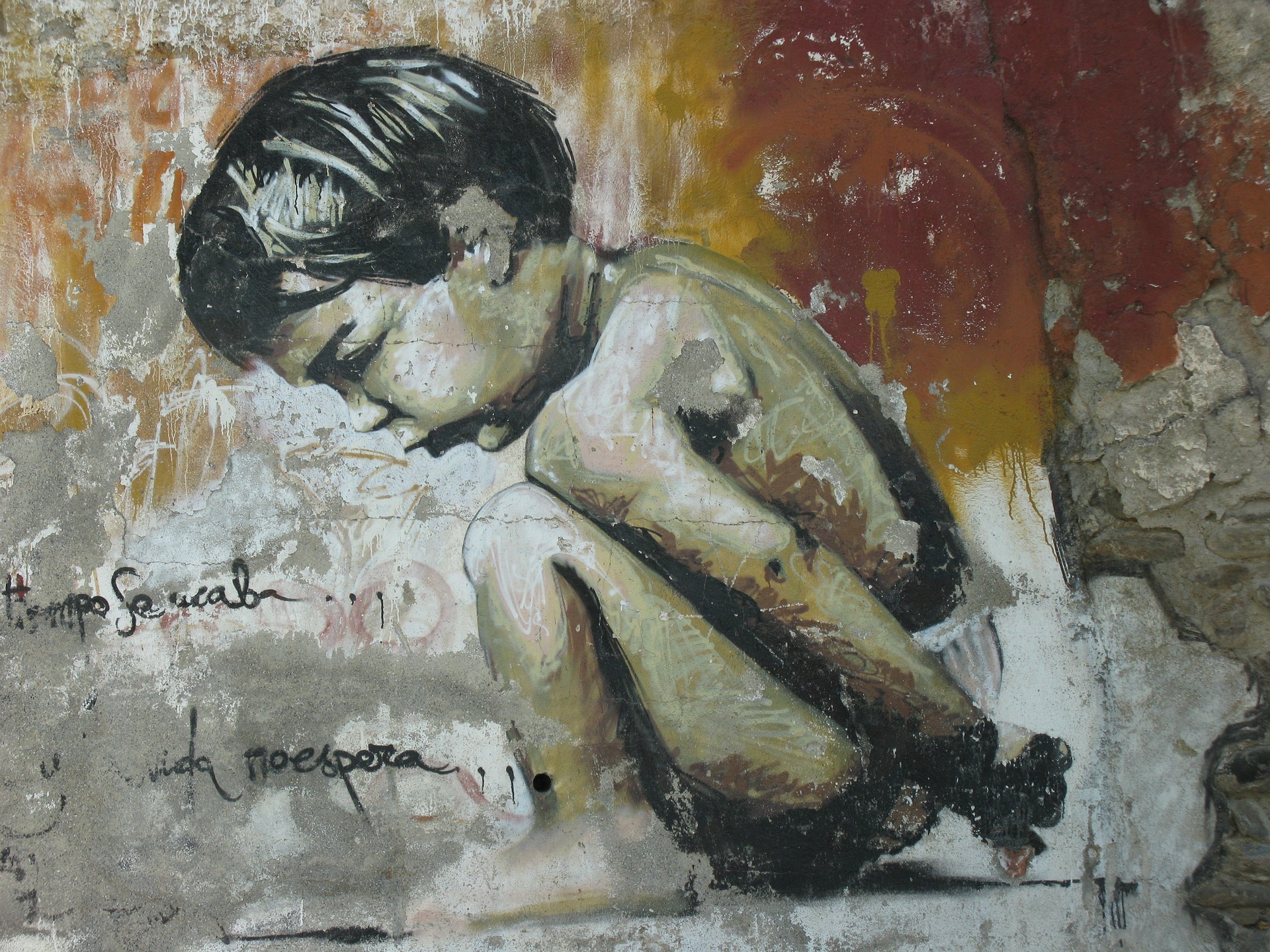You have to be the change to bring the change.

What Art Movement Are We in Right Now?
Our content is reader-supported. We may earn a commission if you make a purchase through one of our links.
When you study paintings from previous centuries, there is naturally an art movement or genre associated with them. The artworks belonging to each movement have some mutual characteristics that distinguish them from others.
Greek art, for instance, is renowned for its symmetry and idealism that mainly manifests itself through sculptures. The themes are also shared, with the most common one being stories about Greek gods or demigods from their mythology. But even if the subject matter is entirely different, there is something profoundly classical about each sculpture.
Classical Art
What does Discobulus, the sculpture of a Disc thrower, have in common with The Dying Gaul, the statue of a soldier taking his final breaths? Understanding the art movement reveals that they both were ideal men with perfectly muscular proportions, each radiating grandiosity in their own right.
In both artworks, the sculptor managed to capture the tiniest fraction of a second right before action. To the viewer, it looks like if we traveled back in time and waited for one more minute, the warrior would die, and the Discobulous would throw his disc with impressive momentum.
Hence, the characteristics of the Classical art movement include a remarkable sense of proportions and dynamism within stillness. Likewise, Cubism is famous for its dissection of spatial relativity through geometric motifs.
Contemporary Art
Contemporary art is a bit harder to pigeonhole into a specific category. Had there been a handful of artists or a formal curriculum that all followed, there could be a generic movement. But that is counterintuitive to the purpose of making art since it’s subjective and idiocentric.
In modern times, art can range from clay pottery on the side of the street to graffiti on the walls by Banksy and portraits painted in studio lights.
Besides, digital art, such as comics, are also increasingly popular. Our art now reflects the advent of technology and software. It’s bittersweet to speculate that traditional art may be as redundant as letter writing in a few decades.
Nevertheless, there is no shortage of talent and creativity in emerging artists. There are quite a few directions we can travel when figuring out the art movement of contemporary times.
Academism
Academia is not just APA citations, fancy Russian books, and a progressive loss of eyesight. In the past decades, it has also expanded to entail art. Eccletism or Academic Art could be today’s movement because an intellectual approach toward artwork is on the horizon.
It aims for a high-minded message, often accused of esotericism and gate-keeping of knowledge. Academic art incorporates rationality above all things. It values reason and logic, often taking a pedagogical approach. Some people claim the contemporary times to be a return to this category of art, especially due to the increasing significance of education.
However, this may be a far-fetched idea. The coherence and structure that Academic Realism inculcates are not so widespread in post-modern art. In Christ’s Second Coming, Yeats termed,
“Things fall apart; the center cannot hold; Mere anarchy is loosed upon the world.”
This description is way closer to the structureless chaos that the world is going through, and Academia’s thirst for discipline does not align with it.
If you take a moment to reflect, you’d soon realize that all things have a tendency to dissipate, eventually. Family members go their separate ways, relatives die due to various reasons, and the golden times do not remain that way forever.
Oscar Wilde (and countless others) believe that art imitates life. Thus, the claim of Academic Realism being the contemporary art movement, like all other things, falls apart.
Neo-Dadaism
One of the noteworthy candidates for today’s art can be neo-Dadaism. In the aftermath of World War I, Dada became an expression of protest against social, political, and economic norms. The widespread trauma became the reason people lost confidence in rationality and everything enlightenment had preached earlier.
Dadaism then emerged as a counter-response to modernist life’s overwhelming ebb and flow and the absurdity it brought for many. Over time, it has become an expression of opposition to controversial systems like capitalism.
In current times, art themes and styles have begun to echo the exact moment, hence the prospect of neo-Dadaism. Think of a chaotic mood board on Instagram; images belonging to diverse contexts but having a similar facet grouped in one frame.
Neo-Dadaist art is very much like that. It’s the hyper-realistic face screaming into the void, and it’s also the photoshopped facial features and careless doodles on the face of a Mona Lisa postcard. In other words, neo-Dadaism emerges as indifference, even apathy, towards the current principles of the world.
But behind the manipulation of form lies the outcry of a post-modernist who rebels against the absurdity of it all and uses brushstrokes to relieve the bottled-up frustration. This expression of inner turmoil is even more prevalent due to the recent pandemic.
Hence, instead of viewing an artist sketching a topsy-turvy world as dramatic, most agree that it, considering all things; makes perfect sense.
Metamodernism
This newly coined term refers to the time of post-post-modernism. Many believe that it embraces diversity through themes, styles, and components. Similar to the theories of pluralism, metamodernist artists recognize that there need not be one-sided approaches towards making and studying art. There is always room for subjectivity and interpretations.
Due to the broad developments in institutions of society, like culture, religion, workplace, and family, the influence on art is no longer predictable. What inspires one artist to write a rap song may be why another engages in fantastical Plein art.
Metamodernism can be a suitable name for today’s movement because it makes room for empathy and vulnerability without excluding anarchy and nihilism. Metamodernist works often have shared qualities, such as an oscillation between the extremes and an artist’s sense of self-reflexivity. It’s worthwhile to consider that many believe that art is dead in today’s world.
Take Away
In conclusion, the vital thing to remember is there is no cookie-cutter labeling of the current movement that millions of artists religiously follow. It’s daunting to find mutuality between angular bronze sculptures and the dizzying colors of a digital landscape. However, metamodernism would be a fitting way to define, or rather undefined, today’s art movement.



